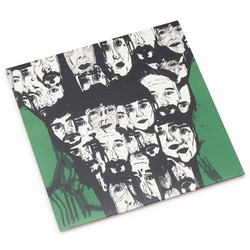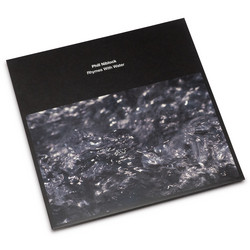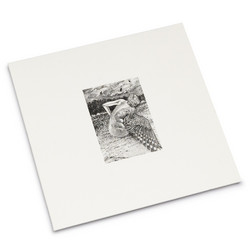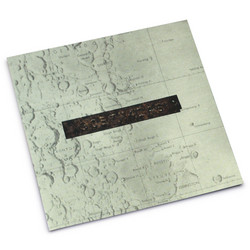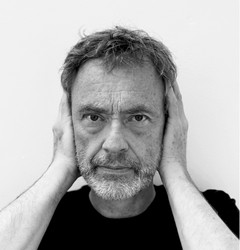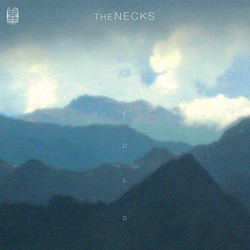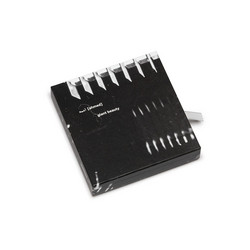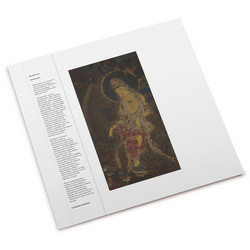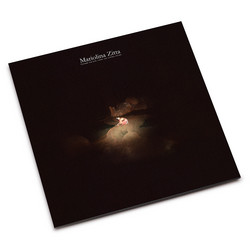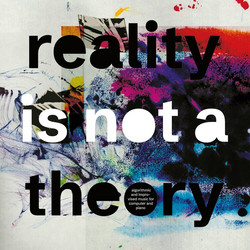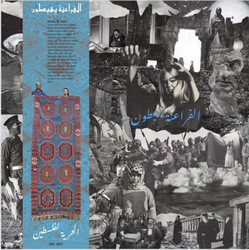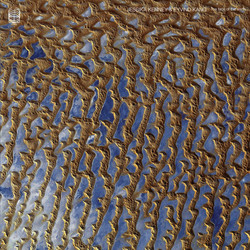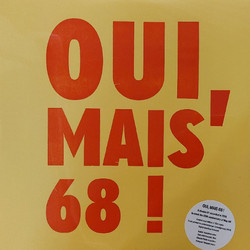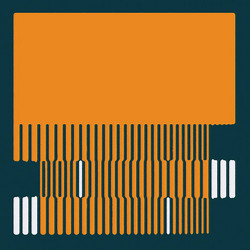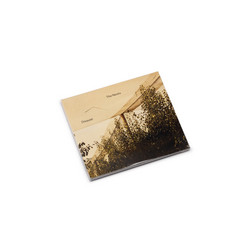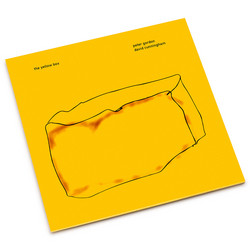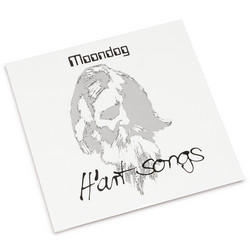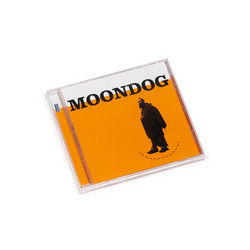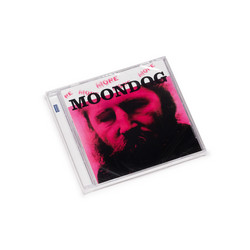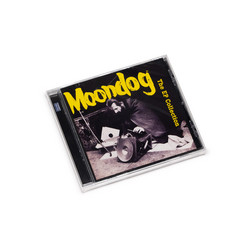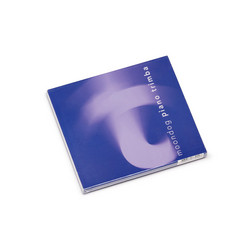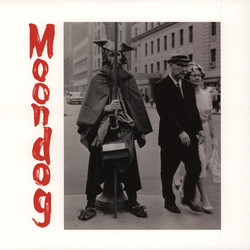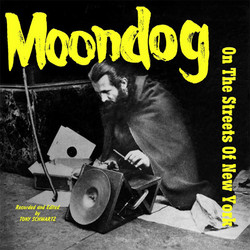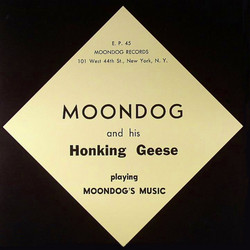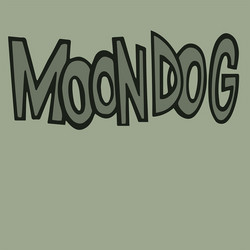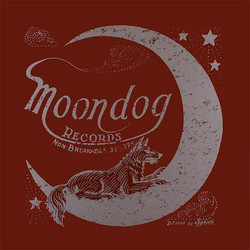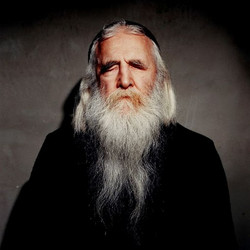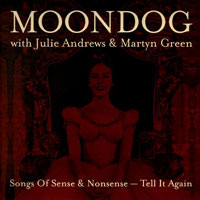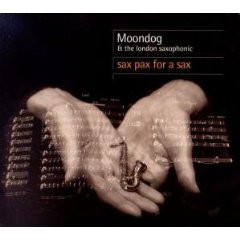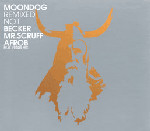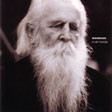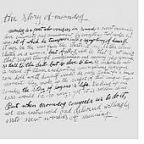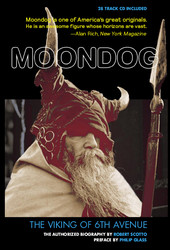Moondog’s first release after moving to Germany, “Moondog in Europe” is a very heavy listen. While there are some aspects of his quirky style, most of this album is drenched in seriousness. Despite this being his first slightly somber album though, Moondog cleverly inserts various rounds from “Moondog 2.” Like Roger Waters taking portions of melody and hooks from “The Wall” and incorporating them into his “The Pros and Cons of Hitchhiking,” Moondog similarly borrows his own melodies, changing them just enough to make something vaguely recognizable… almost forcing you to listen again, wondering where you have heard the song before. But while “Moondog 2” possessed a whimsical, wandering bard feel, much of “Moondog in Europe” has an off-putting aura, bringing images of a mad organist with spiky gray hair, playing to give the voices in his head some background music. The album’s A side opens with the curious “Viking I” sounding like a music box and apparently commemorating the 1976 Viking mission to Mars. The melody is similar in the theme to “The Nutcracker,” but slightly less effective. Moondog’s celesta playing is charming in its way though, too delicate to completely dismiss. Heavy pounding percussion opens the nearly five-minute “Chaconne In G,” plowing the way for bouncy violins and cellos to take us down a familiar road. The melody is lifted from “Sparrow” off of his previous album, but here the song is given more room to breathe and develop. I still prefer the earlier, condescend version, but the mood remains whimsical, even in this more classical rendering. Moondog uses a much more authoritative approach on “Heimdall Fanfare.” The marching beat and forceful horns push this atmospheric piece forward, sounding every bit like an ancient army on their way to battle: heroic, determined, and ultimately impressive. Far less indomitable, “Romance in G” is a hollowing lover’s cry. It is too long, but the track is overflowing with opera-like emotion my uncultured mind will probably never be able to fully appreciate. “In Vienna” changes pace again. This piece is short and has a distinct circus feel…all childlike and innocent. Imagining Moondog in his Viking outfit conducting this track for some reason disturbs me, the same way that clowns always do. It is just so dissonantly freak-show-happy that it is creepy. The first side closes with “Chaconne C,” a far slower version of “Chaconne in G,” adding a carnival organ backdrop and distancing itself so far from “Sparrow” it is difficult to even hear any parallels. This version is the most daunting and least accessible, but is still worth a few listens just to hear the makeover. Side A could probably have been anticipated. Yes, it is an alteration in sound, but it isn’t so far removed from Moondog’s other work that it catches you off guard. Side B however, has nothing like it in Moondog’s catalog. Made up of six, mostly ominous pipe organ tracks lasting over twenty minutes, this is darker and far more eerie than anything Moondog had yet released. You can’t exactly call the song suite great, but most of it is spooky enough to play at Halloween. In fact, I can’t really think of another suitable time to play it: it is too Frankensteinish to play during dinner, and just too murky to play for relaxing. “Logrundr III” is easily the happiest of the six, but also the least notable. “Logrundr XII,” “XIII,” and “IV” are far more church sounding, adding with their grave tone, more sophistication. “Logrundr VII” is the creepiest. Its haunting, tiptoeing melody really freaks me out in a bearded lady, Quasimodo, Elephant Man, side show way. The most impressive portion is probably the closing “Logrundr XIX.” It is an eight and a half minute remake of the regal “Pastoral” from Moondog’s previous album. This version almost sucks the elegance out of the tune, but it is still able to maintain the gorgeous melody, even if it is wrapped in a sinister atmosphere. “Moondog in Europe” is definitely not the place to start. On the surface, it is too boring and lacks the true playfulness and catchiness of his previous two albums. You should not dismiss the album completely though. The mood is mysterious and psycho and after repeated listens, the tone begins to grow on you. It is Moondog's least accessible album from the second stage of his career, but still a worthy purchase if you enjoy Moondog's more classical style. --- Almost Credible Reviews
Details
Cat. number: kd330140cd
Year: 1988
Notes:
Organ - Fritz Storfinger (tracks: 6 to 12)
Percussion, Composed By - Louis Hardin
Photography [Cover] - Patrick Currant
Recorded By, Mixed By - Helmut Rohlfing
Percussion, Composed By - Louis Hardin
Photography [Cover] - Patrick Currant
Recorded By, Mixed By - Helmut Rohlfing
Track 1 to 6 recorded at Rhein-Ruht-Film Tonstudio, Bochum.
Track 7 recorded at Christus Kirche, Recklinghausen
Track 8 to 12 recorded at Herz-Jesu-Kirche, Oberhausen.
Track 7 to 12 from the "Logrundr Book I For Organ".
